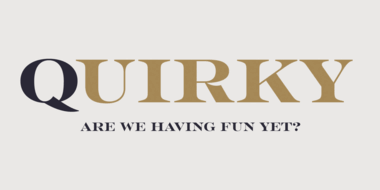Quire Sans™
Playing both sides of the field.
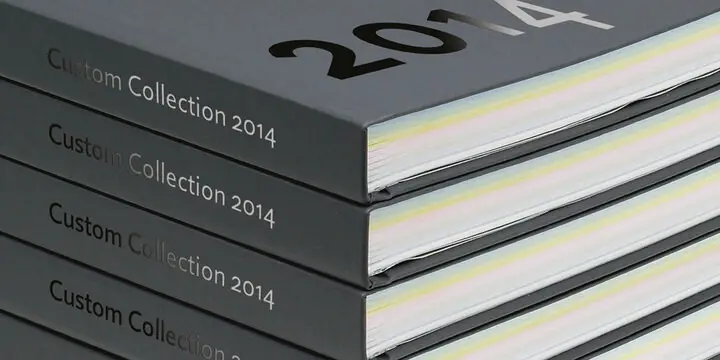
Playing both sides of the field.
Quire: A classical term for a ‘signature’ of printed leaves, folded and ready for binding with other signatures into a book or manuscript. With one foot in the world of pilcrows, fleurons and traditional book typography, and another in modern electronic media, the Quire Sans™ design plays both sides of the field. It’s a typeface for all media, and a mirror for whatever’s going on around it. Smiling but sometimes assertive. Slender but sturdy, when the need arises. And always eminently legible, large or small, on the page or on-screen.
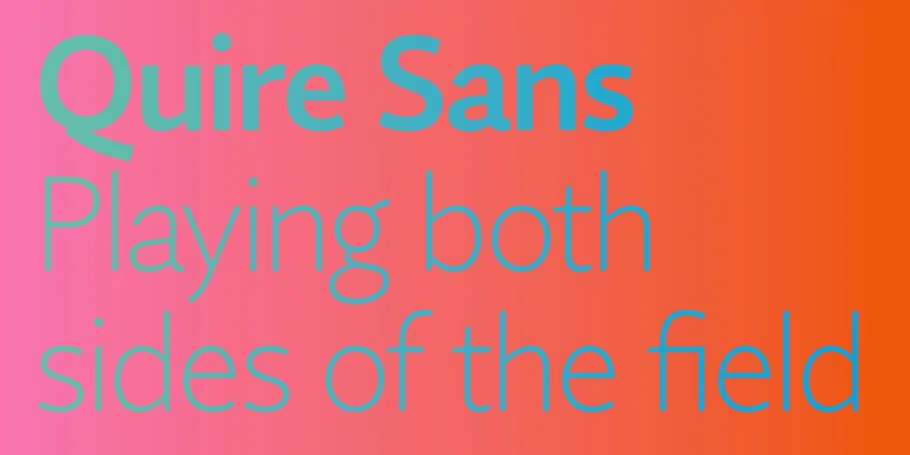

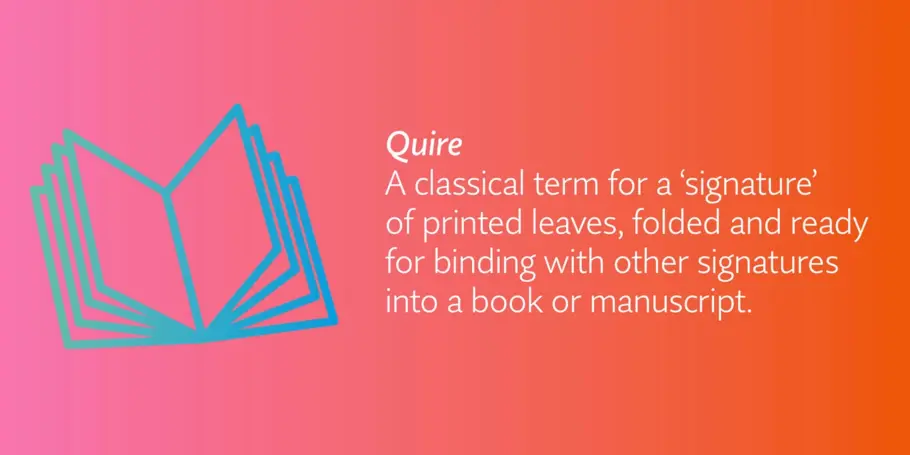
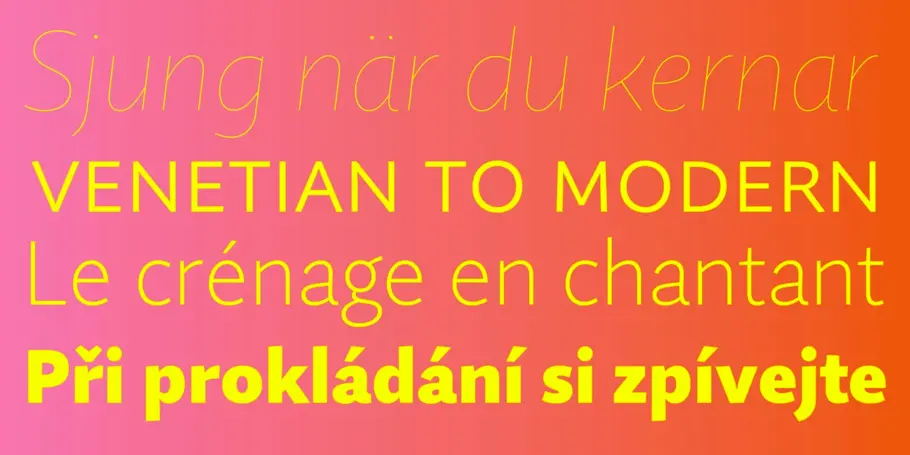
Jim Ford has put all his experience as a font designer into the new humanist sans serif Quire Sans in order to create a perfect font. Easily legible letters with plenty of character and ten weights make this new font a true polymath. Ford began designing Quire Sans with the intention to create nothing less than the "sans of all sans". After many years of research and experience in font design, as well as the design of countless customer fonts, Ford wanted Quire Sans to be the font he had always imagined, but never dared to start. With Quire Sans, he draws on various epochs of font design, blending Dutch, Italian, French, American and English influences with his personal style. The name itself goes far back in history: "quire" referred to a defined number of pages in medieval book production.
As a humanist sans serif, the shapes of Quire Sans are based on Renaissance Antiqua and demonstrate the typical letter forms and variations of this font genre. The "a" is open and the "g" is two story; the one-story version is included as an alternative character. Carefully, almost invisibly slanted terminals on the stems, legs that curve outwards slightly on the uppercase "M" and round dots take off some of the formal edge of Quire Sans and lend the font a loose, almost joyful character. Another detail supports this font personality: The diagonal arms - in "k", "A", "K" and "R", for example - are cut so as to be on a slight angle and only touch the ascender line with a point, appearing as if they were taking a step.
Ford is very careful not only with the design of the letters, but also with the selection of characters. Quire Sans has character sets with medieval and upper-case characters, aimed at table and proportional setting. Moreover, there are small caps, numerous f ligatures, an alternative &-character and the fleuron.
Each of the subtly graded weights of Quire Sans has true italic styles that draw on the Antiqua even more. Here, numerous letters have a light, curved, dynamic shape, like the "k", "v", "y" or "z", for example. The lower-case "a" changes to a closed shape, the "f" gets a descender and the "g" switches to the one-story variant - the two-story "g" is still available in the alternative characters, however. Quire Sans lives up to its aspirations of being a good reading font (which the name itself implies). It is perfectly legible, even in the smaller sizes.
Quire Sans is more than a book font, however. With the extensive selection of weights, it is also a great font for headlines and printing jobs. Depending on the context and the weight, Quire Sans can appear subtle, robust or graceful. The font can also do well in the difficult contexts of guidance systems or newspapers. As a universal sans serif, Quire Sans is the ideal partner for large projects and corporate type.

Jim Ford is a visual artist and designer from Chicago. Jim works predominantly in type design, but includes custom lettering, art and illustration in his growing portfolio. He has designed custom typefaces for agencies, corporations, publishers, software and hard- ware manufacturers, video games, devices, you name it! In addition to customer-driven work, Jim also has a wealth of original typeface designs, ranging from traditional text faces to innovative display lettering.
We offer a number of ways for you to start working with our typefaces.
You know what they say, “classics never go out of style.” Maybe this is true, maybe it isn’t. But one thing is certain: When sans serifs took over typography in the early 1900s, they weren’t just a fad. They came to stay.
Sans serifs have long dominated the world of corporate branding, but some companies are going for a different look: Fun, funky serifs. What’s behind the change?

